THCA and THC are two similar crucial compounds with therapeutic and psychoactive properties. In this article, we will cover the process of decarboxylation, the key chemical transformation of THCA, a non-psychoactive cannabinoid, into THC, a compound known for its psychoactive effects. Explore with us the various benefits, uses, and legal nuances associated with these cannabinoids. Arm yourself with an understanding of the diverse potential of cannabis for both medical and recreational purposes. We will also look at the unique individual benefits of both substances, their uses, and the legality of these cannabinoids.
Interesting facts:
"THCA is not the psychoactive precursor to THC found in raw cannabis. THC is the psychoactive compound in hemp that causes psychotropic effects. Decarboxylation is the process of converting THCA to THC when exposed to heat. THCA and THC have unique benefits, with THCA being researched for its therapeutic potential and THC being known for its medical and recreational uses."
If you delve into the world of cannabis compounds, THCA and THC appear to be interesting elements with different properties. While THCA is the acidic form of THC found in raw cannabis plants and is not psychoactive, THC is the compound responsible for the intoxicating effect when consumed. When understanding the chemical structure, the effects on the endocannabinoid system, and the potential benefits of these cannabinoids, one can see all the differences between them. Delving deeper into the realm of cannabis chemical compounding, this study will reveal the subtle details of cannabinoid compounds that differentiate THCA from THC.
THC and THCA: similar substances with different properties
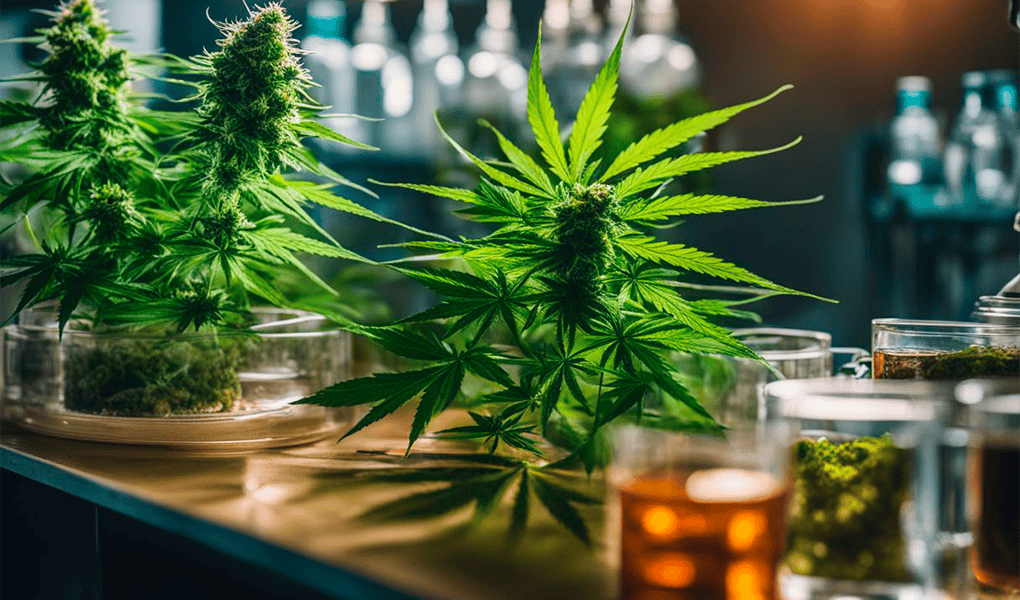
History: the role of cannabis compounds
Hemp contains a complex set of chemical compounds called cannabinoids that interact with the human body's endocannabinoid system to produce a variety of effects. This system, made up of cannabinoid receptors scattered throughout the body, controls several physiological processes, including mood, appetite, and the sensation of pain. Notable among these compounds are tetrahydrocannabinolic acid (THCA) and delta-9-tetrahydrocannabinol (THC).
THCA is the non-psychoactive precursor to THC, which is abundant in unheated cannabis plants and flowers. When heated, THCA undergoes a chemical reaction known as decarboxylation, which converts it into the psychoactive form of THC.
THCA and THC: the basics
At the heart of the debate about THCA and THC is the molecular relationship between the two compounds. THC or tetrahydrocannabinolic acid is a non-psychoactive form of cannabinoid acid that occurs naturally in cannabis plants. It serves as a biosynthetic precursor to THC, the main cannabinoid responsible for the plant's intoxicating effects. Although both compounds have a similar molecular structure, the presence of an additional carboxylic acid group in THC makes it non-toxic.
Unlike THC, THCA does not bind directly to the two major cannabinoid receptors, CB1 and CB2, which are key components of the endocannabinoid system. It is this lack of binding that explains the lack of "psychoactivity" when raw cannabis containing THCA is consumed.
When heated, THCA is converted to psychoactive THC by decarboxylation, a process necessary to release the potential psychoactive properties of the plant.
THCA: a non-psychoactive cannabinoid
Chemical structure and function of THCA
THCA, also known as tetrahydrocannabinolic acid, has a chemical structure that includes a carboxylic acid group, which is the distinguishing factor that makes it non-psychoactive. This group is attached to the resorcinol ring, a common characteristic of cannabinoid acids that plays a crucial role in the pharmacological diversity of cannabis.
Unlike THC, THCA is poorly incorporated into cannabinoid receptors in the brain because of its three-dimensional shape, which is altered by the carboxyl group. This is why consuming THCA will not lead you to psychoactive effects. However, THCA has other properties that can provide health benefits.
Studies show that THCA can have anti-inflammatory and neuroprotective effects, making it potentially useful for conditions such as inflammatory bowel disease and neurodegenerative disorders. The functions of THCA in the cannabis plant are not fully understood, but it is believed to be involved in the plant's self-defense mechanisms and overall health.
The Process: how hemp produces THCA
THCA production in the cannabis plant is a natural part of its life cycle and occurs primarily in the trichomes, the resin glands of the plant that are also responsible for the production of aromatic oils or terpenes.
THCA synthesis begins when geranyl pyrophosphate and olivetolic acid combine in an enzymatic reaction catalyzed by the enzyme THCA synthase. This process converts these precursors into CBGA (cannabigerolic acid), which is then specifically synthesized into THCA using the aforementioned enzyme.
This conversion occurs as the cannabis plant matures and is dependent on factors such as light and temperature. The amount of THCA produced can vary greatly between cannabis varieties, which can affect the therapeutic potential of the plant. Understanding this biosynthesis process is important for both consumers and cultivators because it affects the final concentration of THC in mature plants after the decarboxylation process.
Benefits: neuroprotective and anti-inflammatory properties
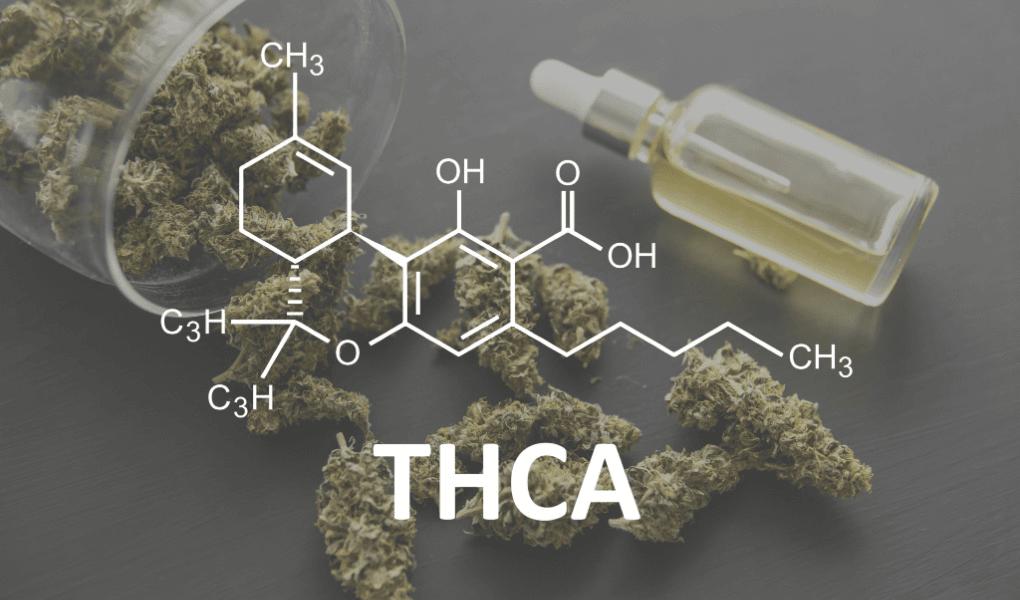
Although THCA is not a psychoactive substance, it has potential health benefits that have caught the attention of researchers and health professionals. One of the most promising aspects of THCA is its neuroprotective properties.
Studies show that THCA may help protect brain cells from damage caused by neurodegenerative diseases such as Parkinson's and Alzheimer's. This is significant because it opens up the possibility of using THCA as a therapeutic agent to treat these diseases.
In addition to its neuroprotective effects, THCA has potent anti-inflammatory properties. It may help reduce inflammation in diseases such as arthritis, Crohn's disease, and multiple sclerosis.
Unlike traditional non-steroidal anti-inflammatory drugs (NSAIDs), which can have harmful side effects with long-term use, THCA offers a potentially safer alternative to control inflammation. These results, although preliminary, indicate that THCA may play an important role in the development of new treatments for a variety of diseases.
Legal position: cannabis law as it relates to THCA
The legal landscape around cannabis is complex and varies greatly from jurisdiction to jurisdiction. When it comes to THCA, the legal status can be somewhat ambiguous. As a non-psychoactive precursor to THC, THCA itself does not cause intoxicating effects, which can affect its legal classification. In regions where THC is classified as a controlled substance, THCA may fall into a "gray area" of legislation because it can potentially become THC.
However, some countries have specific regulations that deal with cannabinoid precursors such as THCA. For example, the United States of America passed a law in 2018 to legalize cannabis with a THC concentration of less than 0.3% on a dry weight basis.
Thus, THCA derived from hemp can be considered federally legal if the total THC content does not exceed the threshold. Hemp users should be aware of the laws in their region, as legal interpretation of THCA status can affect both availability and use.
THC: psychoactive cannabinoid
Chemical structure: active THC molecules
The THC molecule, or delta-9-tetrahydrocannabinol, is the best known cannabinoid for its effects. It is similar in chemical structure to its predecessor THCA, but with one major difference: the absence of a carboxylic acid group. This small change has a profound effect on the pharmacology of the molecule. The structure of THC allows it to easily bind to CB1 and CB2 receptors in the human body, especially in the brain and nervous system.
This binding alters the normal functioning of these receptors, leading to well-documented effects commonly associated with cannabis use, such as euphoria and altered sensory perception. In addition, THC's structure allows it to interact with a variety of neurotransmitters, affecting mood, memory, appetite, and pain sensation.
The active molecule THC is the cornerstone of the therapeutic and recreational use of cannabis, making its chemical structure key to understanding how cannabis affects the human body.
Powerful effects: how THC induces psychoactive change
THC's effects are due to its interaction with the endocannabinoid system, specifically CB1 receptors located in the brain. When THC binds to these receptors, it triggers a cascade of neurotransmitter releases that affect brain function and result in the well-known psychoactive effects. These receptors are part of a network that regulates mood, memory, appetite, pain, and other functions.
THC's effectiveness in producing psychoactive effects is also due to its lipid-soluble nature, which allows it to easily cross the blood-brain barrier and interact directly with neuronal cells. This direct interaction can influence the release of dopamine, a neurotransmitter associated with pleasure and reward, which contributes to feelings of euphoria.
In addition, the effects of THC can vary depending on the dose, human physiology and the presence of other cannabinoids and terpenes in the cannabis product. These factors can alter sensations, sometimes resulting in relaxation or, conversely, anxiety or paranoia in some users. Understanding how THC causes these effects is crucial for both recreational and medical users who seek to effectively manage its effects.
Therapeutic use: a look at medical marijuana
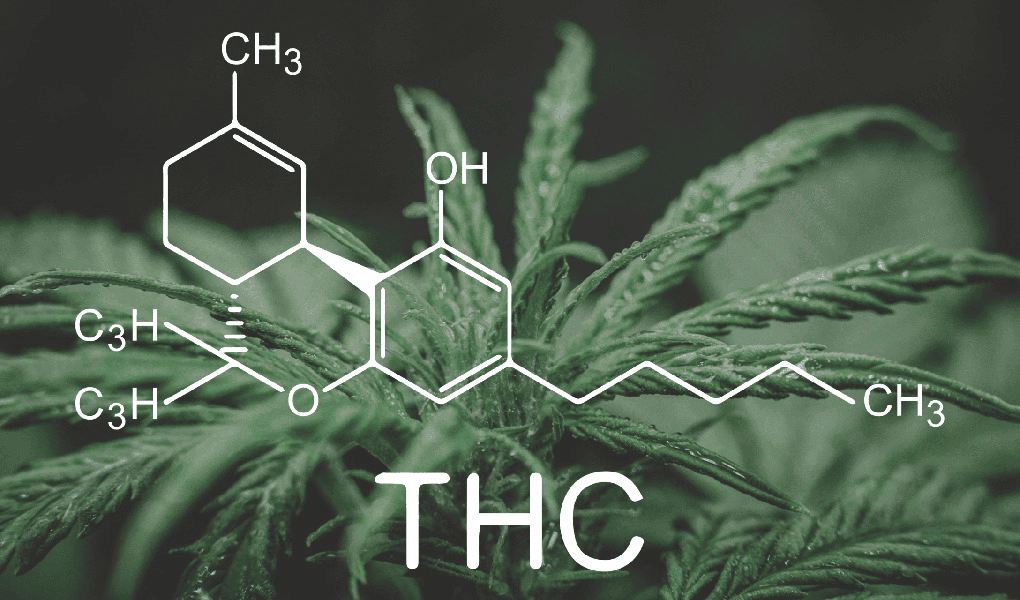
In addition to its psychoactive effects, THC is known for its therapeutic potential, which has led to the widespread use of medical marijuana. Due to its analgesic and antiemetic properties, THC can alleviate symptoms for a variety of medical conditions. It is often used to relieve chronic pain, making it a valuable option for patients who may not respond well to traditional pain medications.
THC has also been found to stimulate appetite and reduce nausea, which can be especially helpful for people undergoing chemotherapy or AIDS patients. It is also useful for patients with multiple sclerosis due to its muscle relaxants. THC is also being explored for the treatment of neurological and mood disorders such as anxiety and post-traumatic stress disorder, although more research is needed to fully understand its effectiveness and safety in these areas.
The legality of medical marijuana varies, with many regions requiring a prescription or special license to use it. As research continues, the list of conditions that can be treated with THC may expand, leading to further adoption of marijuana in medical practice.
Legality: navigating cannabis laws with THC
The legal status of THC is complex and varies significantly around the world. In many countries, THC is classified as a controlled substance. However, there has been a recent trend towards legalization or decriminalization, especially for medical use. In the United States, for example, several states have legalized marijuana for medical and even recreational use, although it is still illegal under federal law.
This variety of laws can cause confusion for consumers and entrepreneurs alike. It's important to be aware of the specific cannabis laws in your jurisdiction, as they can affect everything from cultivation to consumption. Additionally, the legal landscape is constantly changing as new research emerges and public opinion shifts, which could lead to greater acceptance and legalization of THC in the future. For now, all who deal with THC must navigate a complex array of regulations to ensure compliance and avoid legal repercussions.
THCA and THC: a comparative analysis
With the conclusions drawn, we can now make a comparative analysis of the two compounds.
| THCA | THC |
| Non-psychoactive precursor to THC | A psychoactive compound that produces an intoxicating effect |
| Found in raw, unprocessed cannabis | Formed as a result of decarboxylation of THCA |
| Does not interact directly with cannabinoid receptors in the brain | Binds directly to cannabinoid receptors in the brain, causing euphoria and altered perception |
| Decarboxylation (heating) is required for conversion to THC | Contained in hemp that has been heated or aged |
| Offers potential therapeutic benefits without causing intoxication | It is used for both recreational and medical purposes due to its effects |
Understanding the chemical reaction: the decarboxylation process
Decarboxylation is the chemical reaction that converts THCA into the psychoactive THC. This process involves the removal of the carboxyl group from the THCA molecule with the release of carbon dioxide (CO2). Decarboxylation usually occurs when cannabis is heated, such as during smoking, vaporizing, or cooking. Heat provides the energy needed to break the bond holding the carboxyl group in the THCA molecule.
Although decarboxylation can occur gradually at room temperature, the process is greatly accelerated when heat is applied. Precise temperature control is very important, as heating too much can cause THC to break down into less potent compounds. Understanding how decarboxylation occurs is important for cannabis consumers and producers, especially those making tinctures and other products that require activated THC. This knowledge allows the process to be optimized to achieve the desired effects of the final cannabis product.
The differences: non-psychoactive and psychoactive cannabis
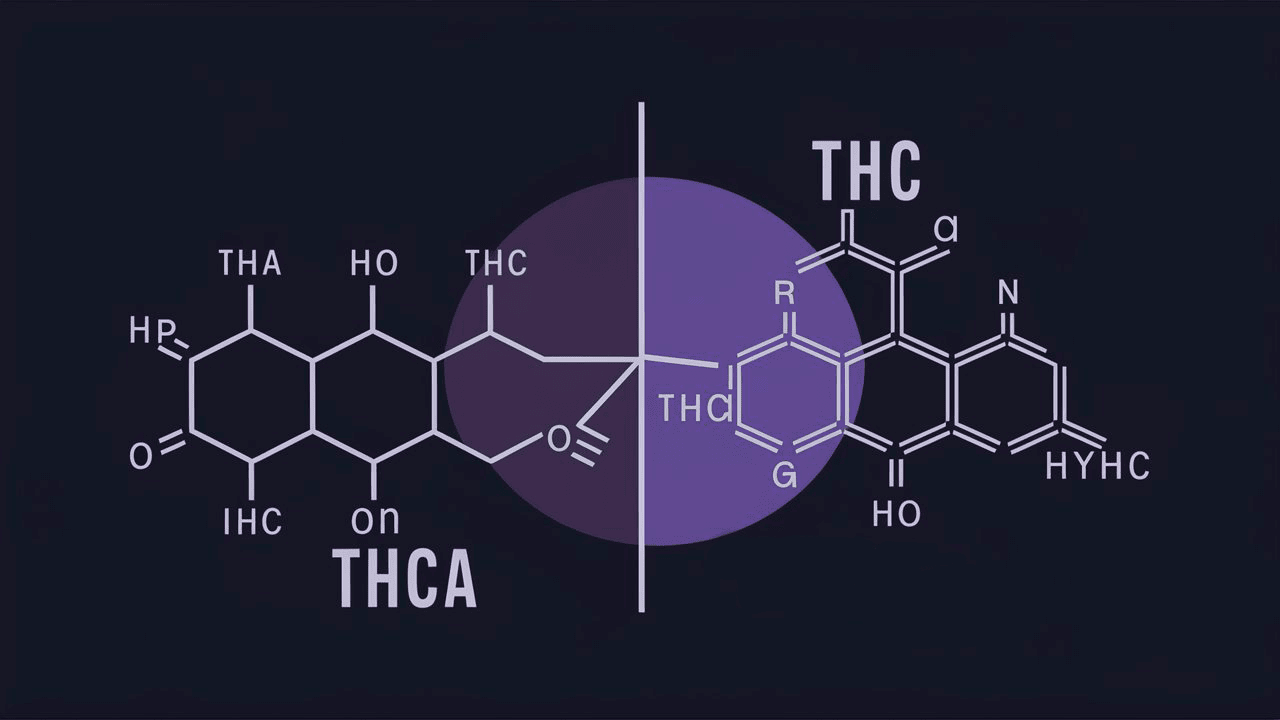
The fundamental difference between non-psychoactive and psychoactive hemp is the presence of THCA and THC. In its raw form, hemp contains high amounts of THCA, which does not cause psychoactive effects. This is because THCA does not interact with the brain's cannabinoid receptors the way THC does. Consumers who want therapeutic effects without "psychoactivity" often choose products high in THCA.
Psychoactive cannabis, on the other hand, contains THC as the active ingredient. When exposed to heat, THCA is converted to THC, which binds to cannabinoid receptors, particularly CB1 receptors in the brain, resulting in the psychoactivity associated with cannabis use. The choice between non-psychoactive and psychoactive cannabis ultimately depends on the desired effects of the user, whether it's symptom relief without a change in mental state or the full experience that THC provides.
Use: the effects of THCA and THC on the human body
The effects of THCA and THC (THCA and THC) on the human body differ markedly due to their interaction with the endocannabinoid system. THCA, being a non-psychoactive compound, does not bind directly to CB1 or CB2 receptors and therefore does not cause the psychoactive effects characteristic of THC. Instead, THCA is believed to have health benefits, such as anti-inflammatory and neuroprotective effects, which can be utilized without affecting mood and condition.
THC, on the other hand, has a strong affinity for CB1 receptors in the brain, leading to the well-known psychoactive effects of cannabis. When using it, users may experience euphoria, altered perception and relaxation, as well as potential therapeutic effects such as pain relief and reduced nausea. However, THC can also cause unwanted side effects such as anxiety and short-term memory impairment. The choice between products with THCA and THC depends on the user's goals and desired experience.
Choice and preference: THCA or THC?
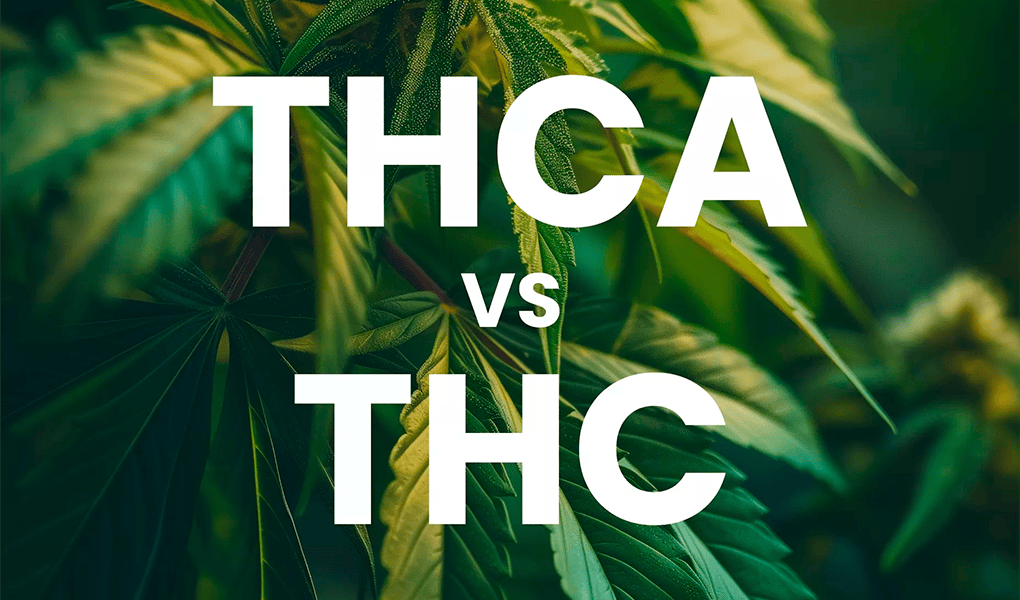
Weighing the pros and cons
When choosing between THCA or THC, you need to weigh the pros and cons based on your individual needs and preferences. THCA has health benefits such as anti-inflammatory effects and neuroprotection, without psychoactive effects, making it a suitable option for those looking for therapeutic benefits in their daily lives.
On the other hand, research on THCA is not as extensive, and its availability is limited in markets where cannabis is not fully legalized.
THC, on the other hand, is known for its strong psychoactive effects, which can be useful for stress relief, creativity, and relaxation. In addition, THC has found therapeutic use in pain relief and appetite stimulation.
However, the intoxicating nature of THC can impair cognitive and motor fuction, so it is not suitable for everyone, especially those who suffer from certain mental illnesses or must avoid psychoactive substances for legal or employment reasons. Balancing these factors is key to making an informed decision in cannabis use.
Exploring modes of use: THCA extracts or cannabis inflorescences
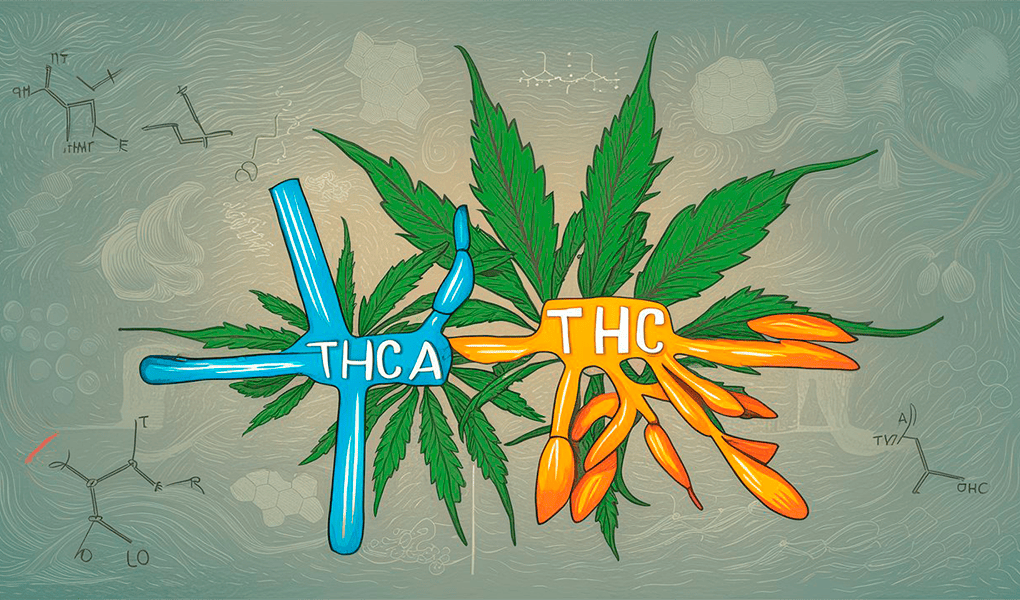
The way cannabis is consumed plays a crucial role in the effects experienced by the user. THCA extracts, such as cannabis tinctures, oils, and juices, are ideal for those who want the potential therapeutic effects of THCA without the psychoactivity. These products allow for precise dosing and are an inconspicuous way to consume. Extracts can also be used in topical preparations.
Hemp flowers, on the other hand, are usually rich in THCA until they are heated by smoking or vaporization, which converts THCA into THC and activates its properties. The colors provide a natural and full perception of the plant, which is more to the liking of some users. Additionally, smoking or vaporizing provides a quick onset of effects, which can be important for those seeking immediate relief. Each method has its own benefits and characteristics, and the choice depends on personal goals, desired effects, and compatibility with lifestyle.
Knowing the laws: legal cannabis use
An important consideration is to be legally compliant when using cannabis. Legal status, including THC and THCA, varies greatly by country, state, and local jurisdiction. In areas where cannabis is legal for medical use, users typically need a prescription from a treating physician or health care provider. For recreational use, if legal, regulations often dictate where and how cannabis can be purchased and consumed.
It is important to be aware of the specific laws that apply to cannabis use in your area to avoid legal complications. This includes understanding the legal age for use, possession restrictions, and whether home cultivation is allowed. Additionally, even in places where cannabis is legal, there may be restrictions on use in public places or while driving. Staying abreast of changing laws and regulations is a critical task for those who want to use cannabis legally and responsibly.
Looking to the future: trends in the cannabis industry
Trends in the cannabis industry point to a future of innovation and increasing acceptance. Research into cannabinoids such as THCA and THC is likely to increase, which could lead to the discovery of new therapeutic applications for cannabis strains and more specialized products. The industry is also expected to see advances in cultivation and extraction technologies, which will increase the quality and variety of product offerings.
The legalization movement is gaining momentum around the world, with more and more regions legalizing cannabis for medical or recreational use, thereby increasing market size and consumer accessibility. There is also a growing trend towards personalization of cannabis consumption, where products are tailored to individual preferences and health-related goals.
Technology integration, such as apps and online platforms, will improve the consumer experience from product selection to delivery. As the regulatory environment evolves, we may also see increased standardization and quality control in the industry, which will ensure consumer safety and product reliability.
Overall, the future of the cannabis industry looks promising, which in turn will have a positive impact on both consumers and businesses.
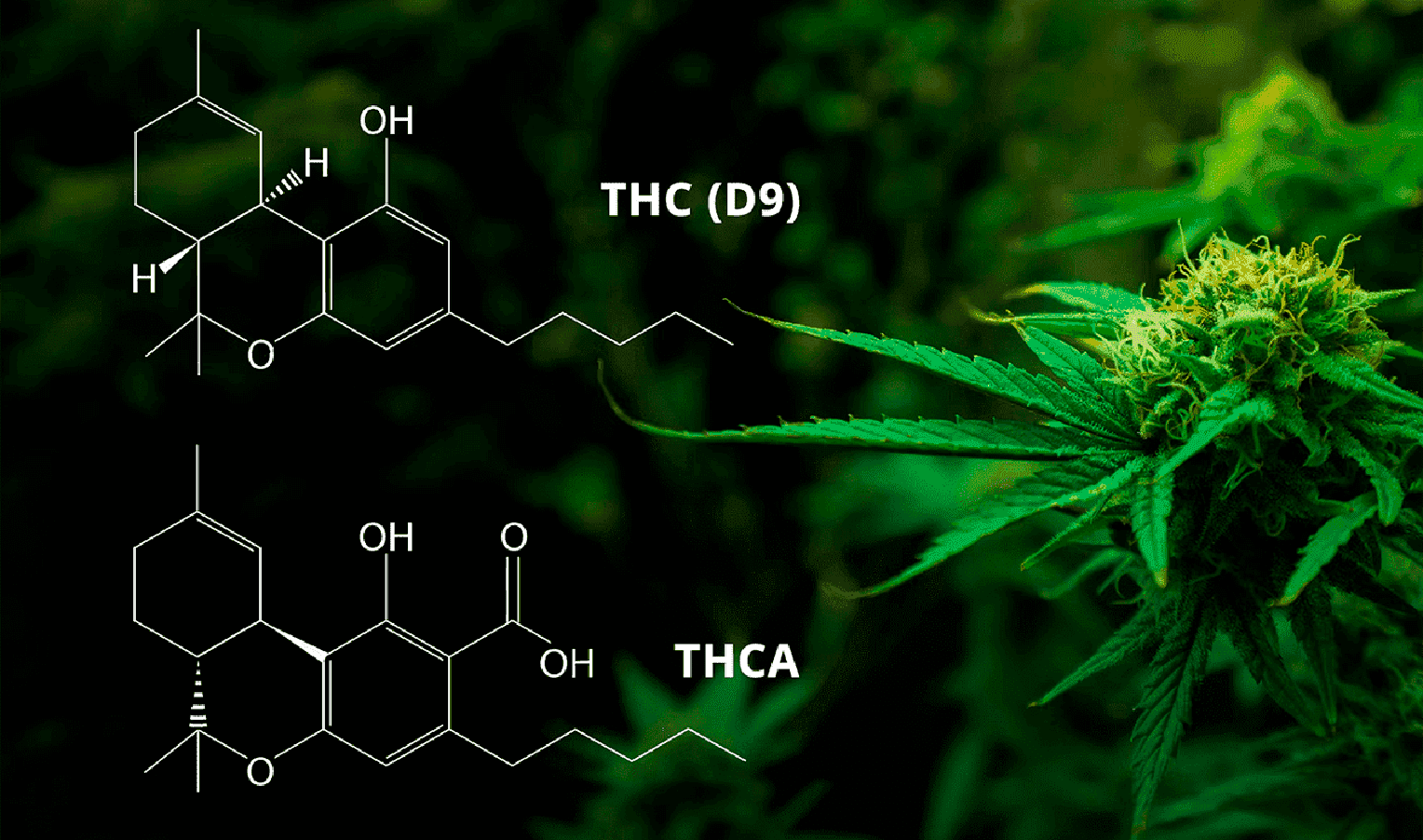
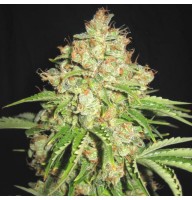
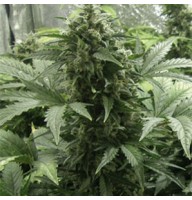
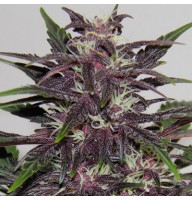
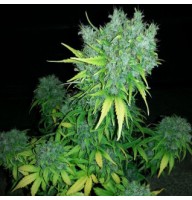
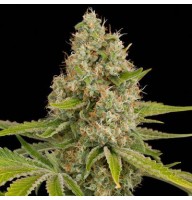
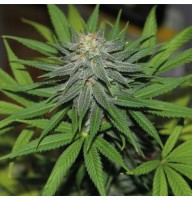
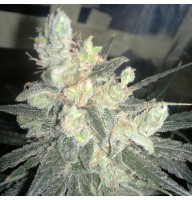
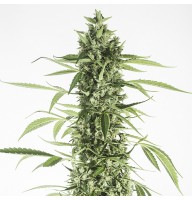
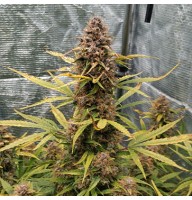
-192x200.jpg)
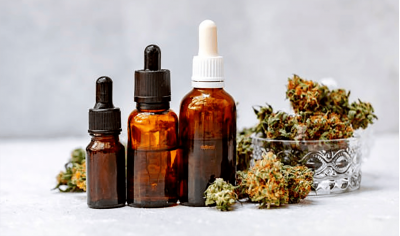
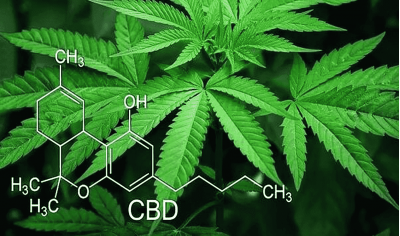
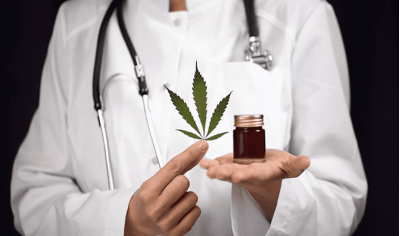

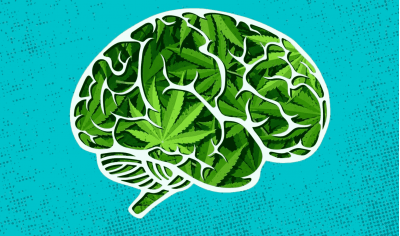
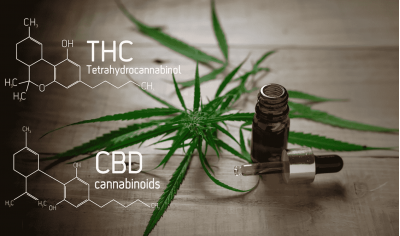



Write a comment